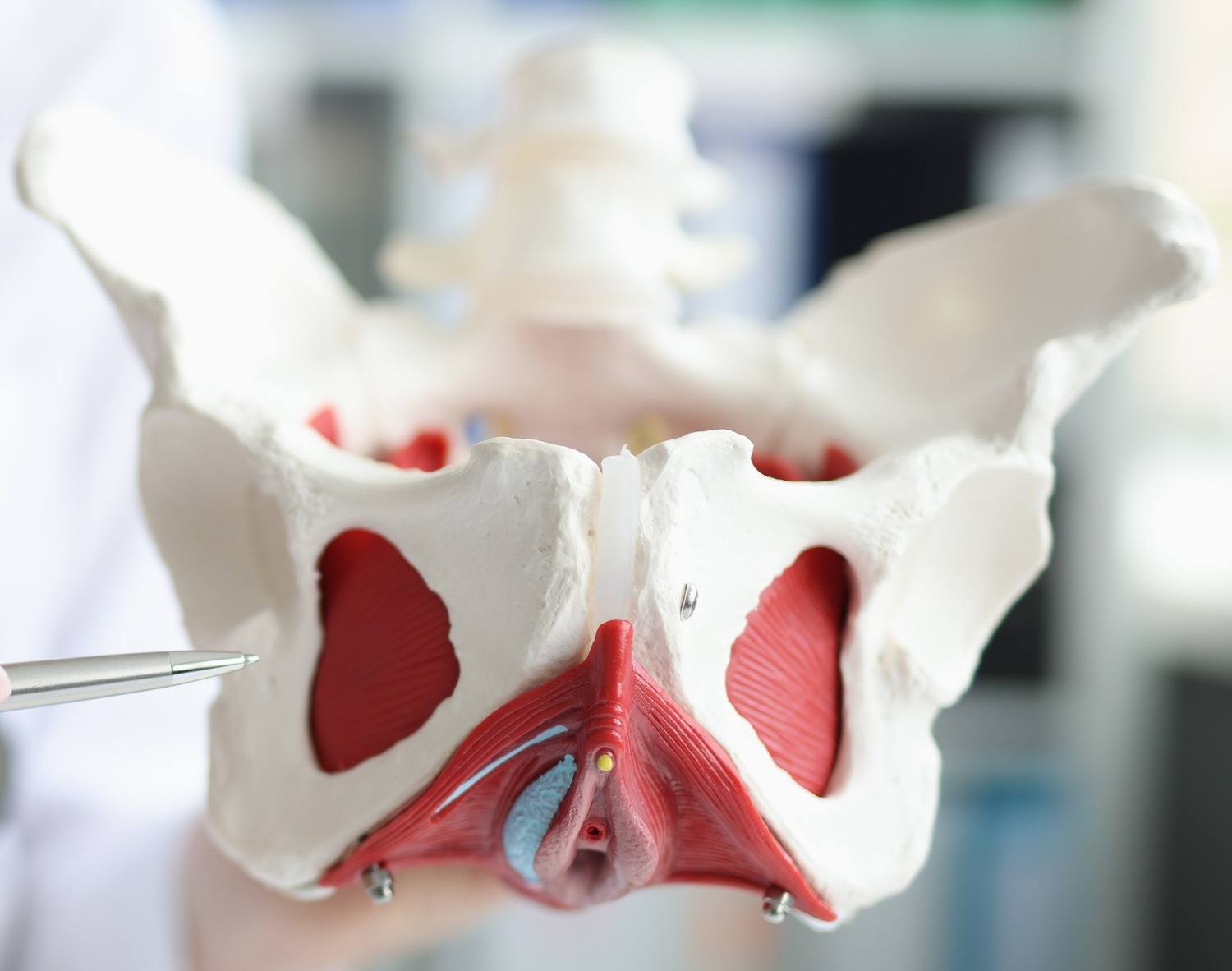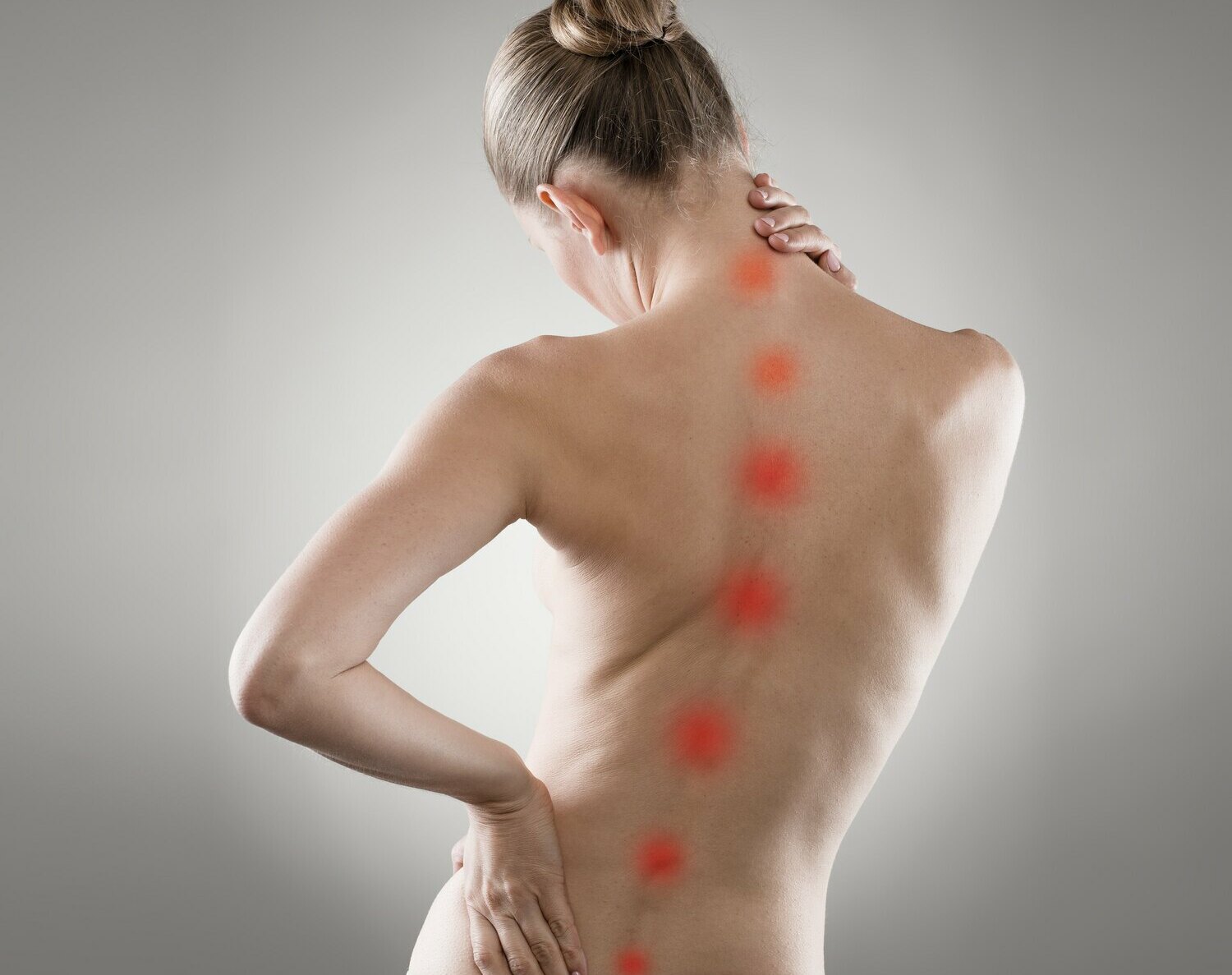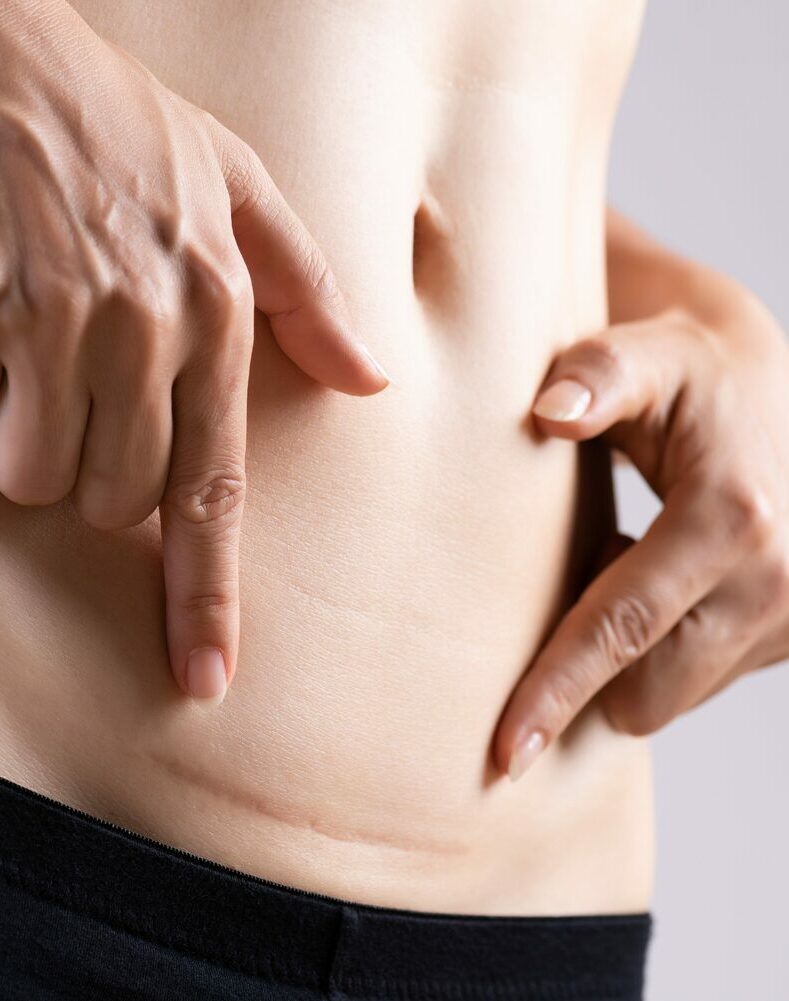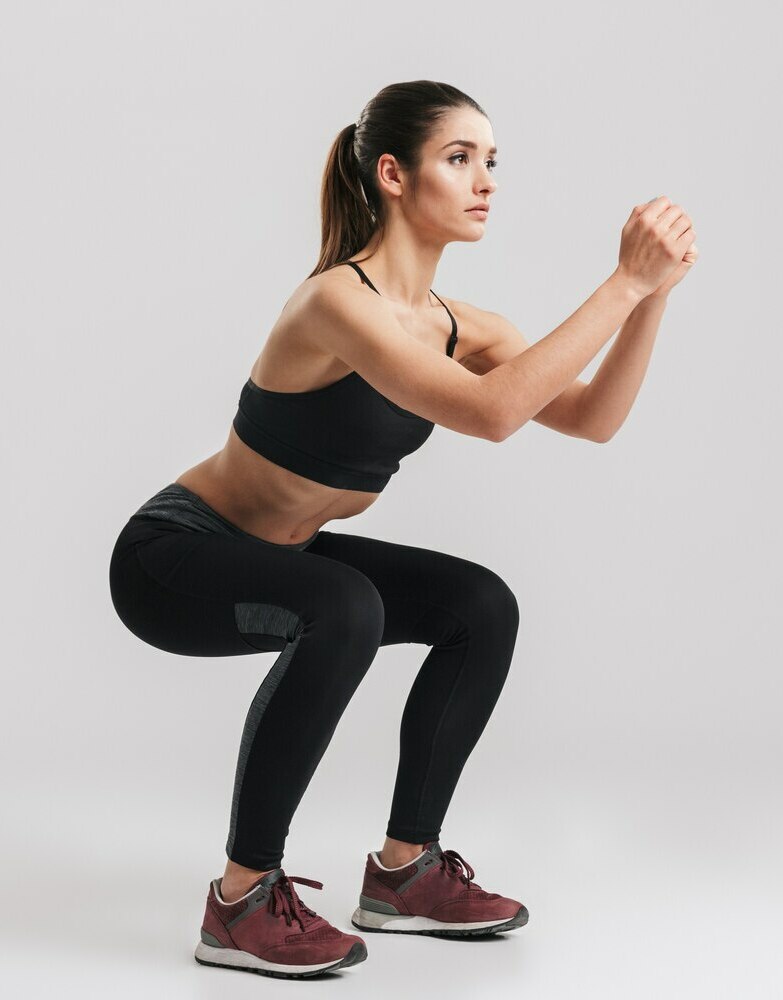The Mummy MOT
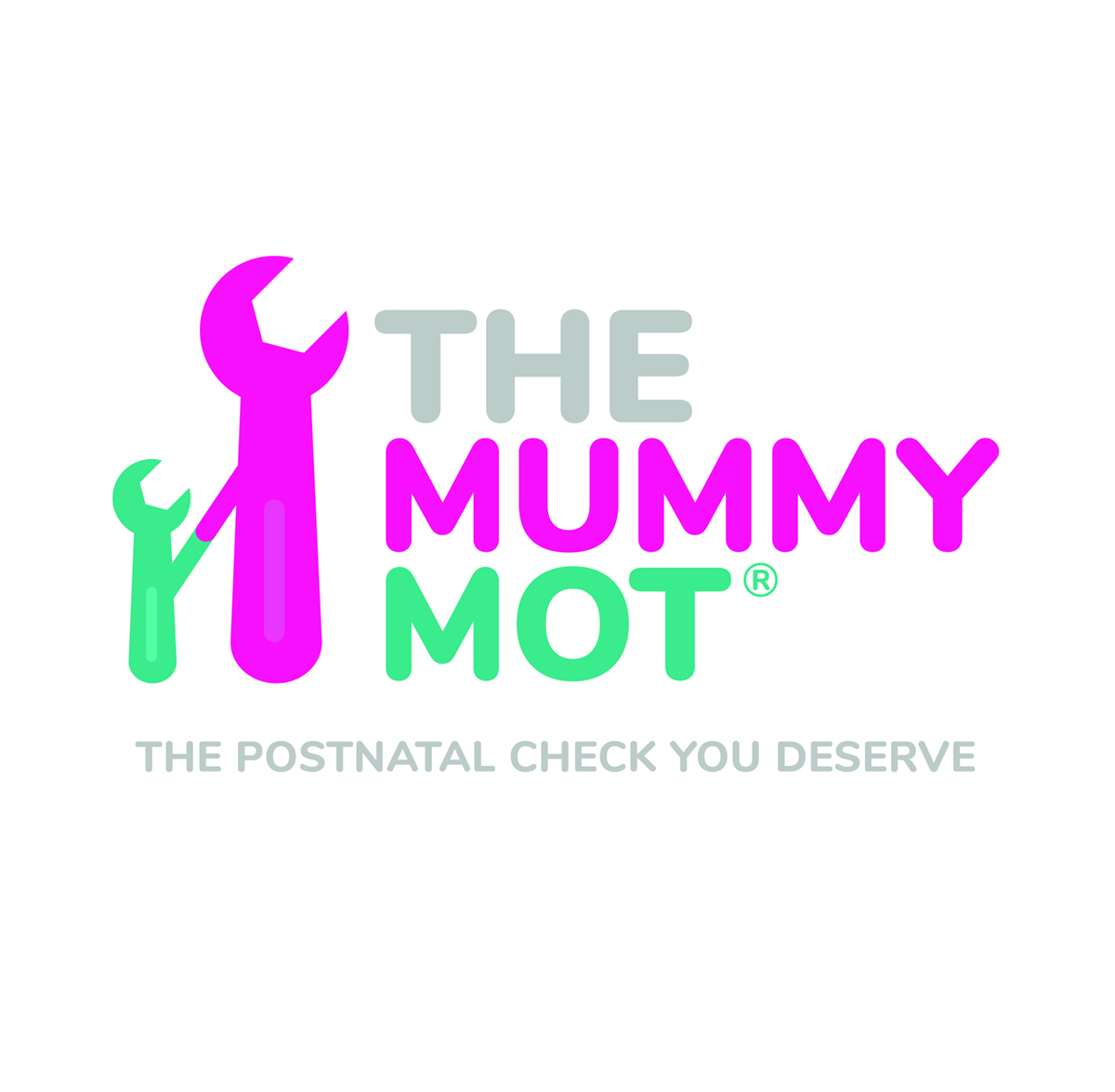

Who Should have a Mummy MOT?
The Mummy MOT is for everyone who has had a baby, even if it is years later. You should especially consider a check up if you have any of the following:
- Leaking or incontinence of bladder or bowels
- Pelvic floor pain or dragging/heaviness
- Feeling or seeing bulge in pelvic floor
- Pelvic or lower back pain
- Gap in your tummy, or pendular abdomen
- Want to go back to high impact exercise after birth
- Inability to go back to normal exercise

When should I have a Mummy MOT?
The Mummy MOT is suitable from 6 weeks postnatal after a vaginal or c-section birth
What does a Mummy MOT involve?
Mummy MOT tests and checks include:
- Pelvic floor assessment
- Check of your tummy muscles and core
- Functional movement and strength screen
- Postural changes
- Breathing assessment
- Scar assessment
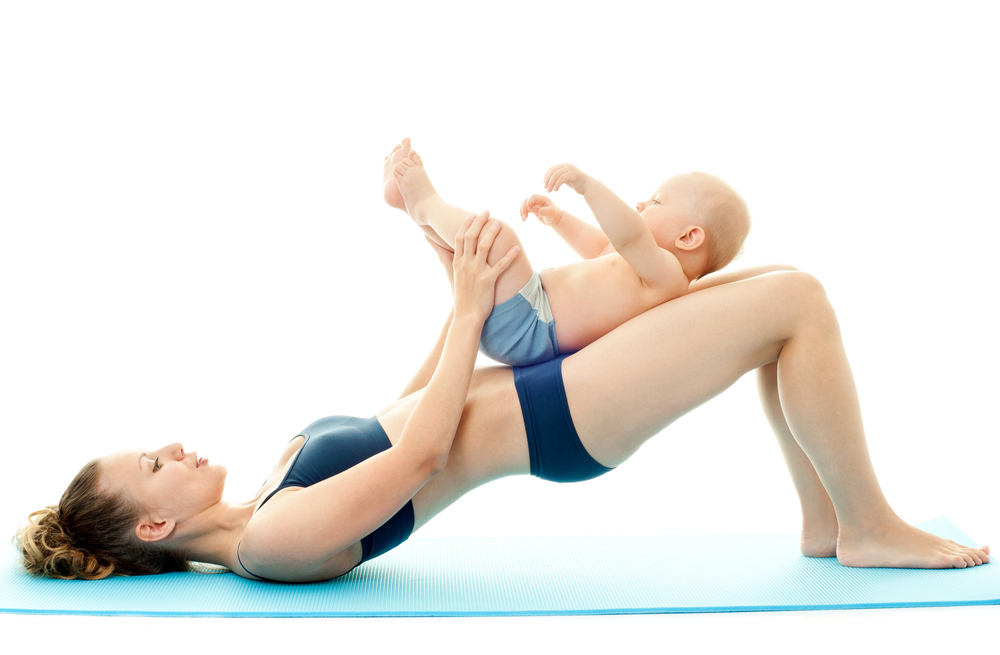
You will receive a report of findings and advice as well as a treatment plan and bespoke rehabilitation exercise plan. My passion is to get you back to doing what you love; whether that is walking, running, swimming or jumping!
Why should I have a Mummy MOT?
1 in 4 women experience pelvic floor dysfunction after having a baby. We believe that you deserve access to excellent postnatal care and should not have to suffer with incontinence, leaking, tummy gap, pelvic organ prolapse, and pelvic pain. For what we look at and why see below!
Pelvic Floor
Irrespective of delivery your pelvic floor has been subjected to increasing pressure whilst you were pregnant. If you gave birth vaginally you will have experiencing stretching, and maybe even episiotomy or tear. An assessment of your pelvic floor will tell us about how the muscles are functioning, how strong they are, whether there is any scar tissue, and whether you are doing your pelvic floor exercises correctly!
Tummy Muscles
During pregnancy the connective tissues between your tummy muscles down your midline will stretch and thin to make space for the baby. After birth, some women are left with a gap between their muscles which can make it difficult to use your core muscles properly and can even leave you with a tummy that still looks pregnant. This separation of the muscles is called Diastasis Rectus Abdominus (DRA). An assessment of your muscles will tell us how they are functioning, help you to access your deep core muscles and give you direction in order to strengthen and improve your core!
Postural Changes
Your posture changes with pregnancy, and postnatally some of these changes have become habits that can exacerbate back pain or make it difficult for your core and pelvic floor getting back to normal function. We will check for any postural changes that might be limiting your progress!
Scar Assessment
Whether it is a C-Section scar, an episiotomy or a tear of your pelvic floor, scar tissue can often be tight, uncomfortable or even painful. This scar tissue can affect the way your core or pelvic floor functions. I will assess the scar tissue and give you massage techniques and advice to help you desensitise the tissues and increase the mobility of the tissue as well as aid scar healing.
Functional Movement and Strength Screen
The body changes hugely during pregnancy, and often changes in strength and function. This can be due to changes in exercises levels or habit as well as the stresses of pregnancy on your body. Often old injuries can resurface or become exacerbated. The movement screen will check basis movements that are important in everyday life and look at your control and strength, as well as any muscle tightness. Strengthening and addressing areas of muscle tightness will be important to getting you back to the exercise you love injury free. The stronger your whole body is the less pressure will be put through your pelvic floor- so strengthening will also help your pelvic floor recover and work properly, as well as reduce the chance of future issues!
Breathing
During pregnancy your breathing pattern changes due to the growing baby, which can displace your diaphragm up to 5cm as well as flare your ribcage! If your pelvic floor is the base of your core, the diaphragm is the lid and is integral to your core working correctly. The pelvic floor and the diaphragm are connected to each other by connective tissues and part of the assessment will check how well your diaphragm is moving and whether it can connect with the pelvic floor. Tightness around the ribcage can be exacerbated by breastfeeding and looking after your baby, so we will check how well your thoracic spine and ribs are moving
Session Rates
Initial Consultation 129
Review Session 89
Multiple session packages available on request
